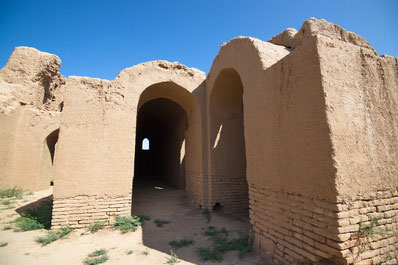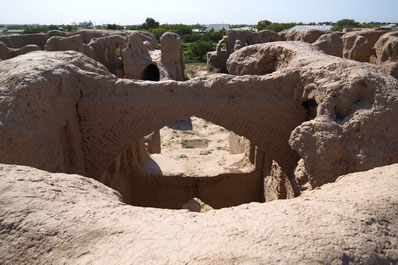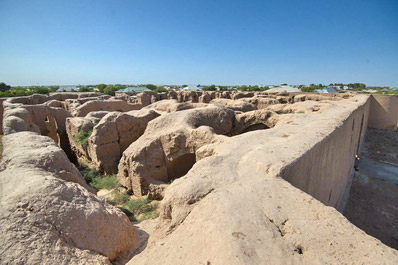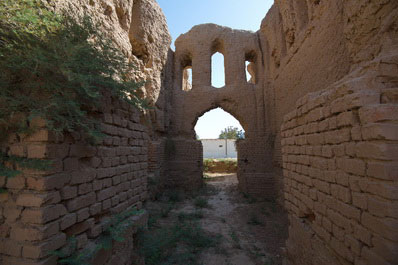Kyrk-Kyz Fortress, Termez
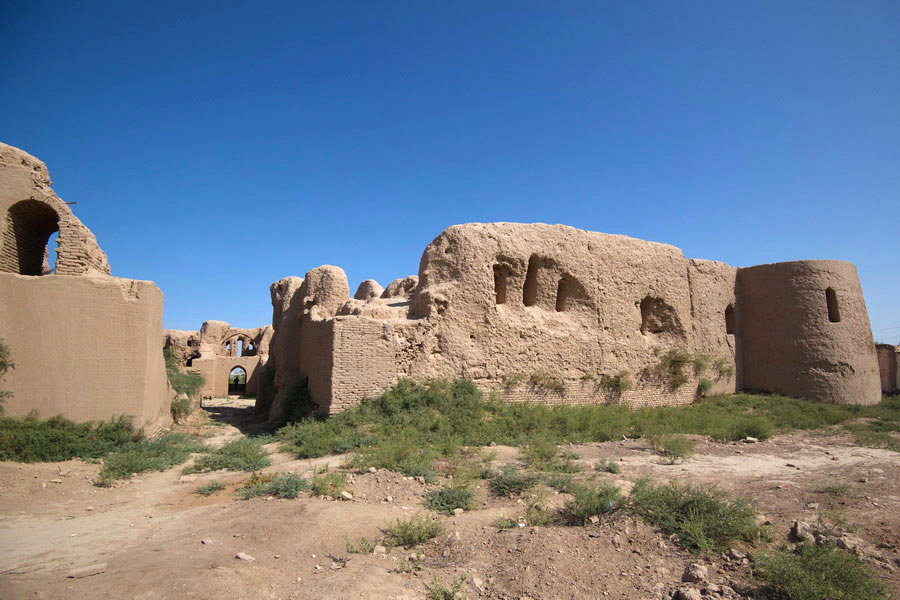
The Kyrk-Kyz (Qirqqiz) Fortress is a captivating ancient site steeped in legend and historical enigma. Historians date its construction to the IX-X century, yet the structure's origin and intended function remain subjects of debate. Today, the fortress stands as a remarkable ruin of a once-formidable citadel, its towering walls preserved through extensive restoration. A walk beneath its arched corridors offers a powerful glimpse into the past, where every element reflects the enduring spirit of the East.
Theories About the Purpose of the Fortress
The true origin of the Kyrk-Kyz Fortress remains uncertain, prompting historians and enthusiasts to offer interpretations rooted in archaeological discoveries and local folklore. One prevailing theory suggests that the site was initially built as a palace for the Samanid dynasty, as the surrounding area was known as “Shahri Saman,” or “City of the Samanids.” Located beyond the defensive perimeter of medieval Termez, the fortress may have served as a countryside retreat for aristocratic elites.
Later, the fortress is believed to have functioned as a madrasah for girls - a highly unusual institution for its time. While women’s access to education was limited in the Middle Ages, this theory posits that daughters of affluent Muslim families may have studied there. If true, the curriculum could have extended beyond theology to include subjects such as mathematics, astronomy, medicine, chemistry, and geography.
Architecture
The architectural composition of the Kyrk-Kyz Fortress is remarkable for its strategic design, spacious courtyards, and surviving decorative features. Its massive walls and towers, constructed from fired brick, retain an imposing grandeur despite the passage of centuries. Each of the four walls features an entrance gate, with two broad corridors extending from them and intersecting at right angles in the center of the citadel. At this central point lies a compact inner courtyard, from which hidden passageways branch out beneath ceilings of varied designs. These labyrinthine corridors lead to around fifty interior rooms. While some arches have collapsed, others remain fully intact, impressing visitors with their resilience and architectural ingenuity.
Originally, the fortress had two floors, but most of the upper level has been lost, with only fragments of its brick walls still visible. Restoration is ongoing, and wooden supports currently brace sections of the interior walls. Notably, restorers are reviving traditional building techniques by using plinths - specialized bricks once crafted in wooden molds, then dried and fired to meet structural demands.
Altogether, the fortress’s architecture represents a sophisticated blend of medieval craftsmanship and contemporary conservation. This careful balance maintains the site's historical integrity while reestablishing it as a cultural landmark. Ongoing restoration continues to elevate Kyrk-Kyz Fortress as a key heritage site and a must-see destination in Termez.
Location
The Kyrk-Kyz Fortress is situated on the northern outskirts of Termez, just 1.5 kilometers from prominent attractions such as the Kokildor-Ota Khanaka and the Sultan-Saodat Memorial Complex.


